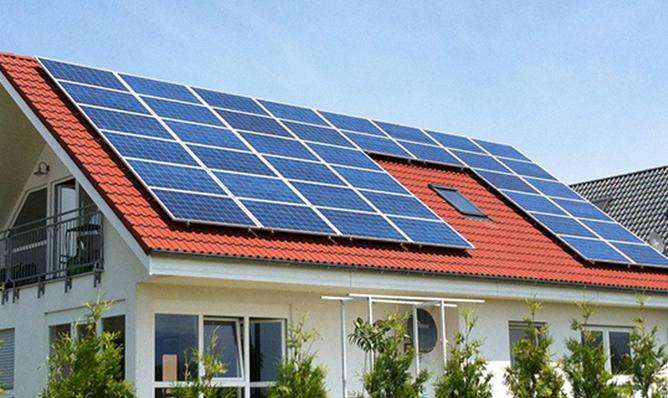Evaluate the quality of solar panels and optimize their design.
1. Evaluate the quality of photovoltaic panels: Dark volt-ampere characteristics can be used to evaluate the quality and performance of photovoltaic panels. By measuring the dark volt-ampere characteristics, parameters such as internal resistance, open circuit voltage and short circuit current of the battery panel can be determined. These parameters can reflect the quality and efficiency of the battery panel.
2. Optimize solar panel design: Dark voltameter characteristics can provide information about the internal structure and materials of solar panels. This information can be used to optimize the design of solar panels to improve their efficiency. and performance.
The following points should be noted when studying performancees solar cells with thin layers of amorphous silicon:
1. Thin film preparation technology: The preparation method has a great impact on the quality. and thin film performance, which requires selecting appropriate preparation conditions and processes to ensure film uniformity and stability.
2. Optoelectronic performance testing: The absorption spectrum of the film should be tested to understand its absorption characteristics in the spectral range of different wavelengths. At the same time, electrical performance tests, such as open circuit voltage, short circuit current, fill factor, etc., are also necessary to evaluate the performance of thin film solar cells.
3. Thermal Stability: Amorphous silicon solar cells are prone to degradation in high temperature environments, thermal stability testingmics are therefore necessary to evaluate their performance at high temperatures.
4. Photoelectric conversion efficiency: Photoelectric conversion efficiency is one of the important indicators for evaluating the performance of thin-film solar cells. During the testing process, it is necessary to select a suitable light source and light intensity to obtain a more accurate photoelectric conversion efficiency value.
5. Comparative Analysis: It is necessary to conduct a comparative analysis with other types of solar cells to understand the advantages, disadvantages and application scope of amorphous silicon thin film solar cells.
6. Experimental environment: In order to avoid experimental errors, it is necessary to maintain the stability and purity of the experimental environment and avoid the influence of external factors on the experimental results.
7. Safety issues during the experiment: When preparing amorphous silicon films and testing the light intensity, you should pay attention to safety protections to avoid accidents.














